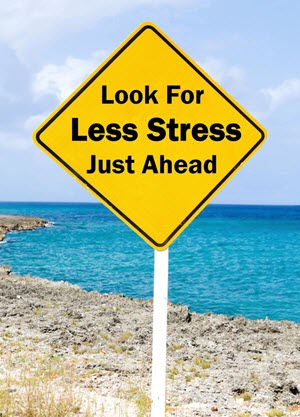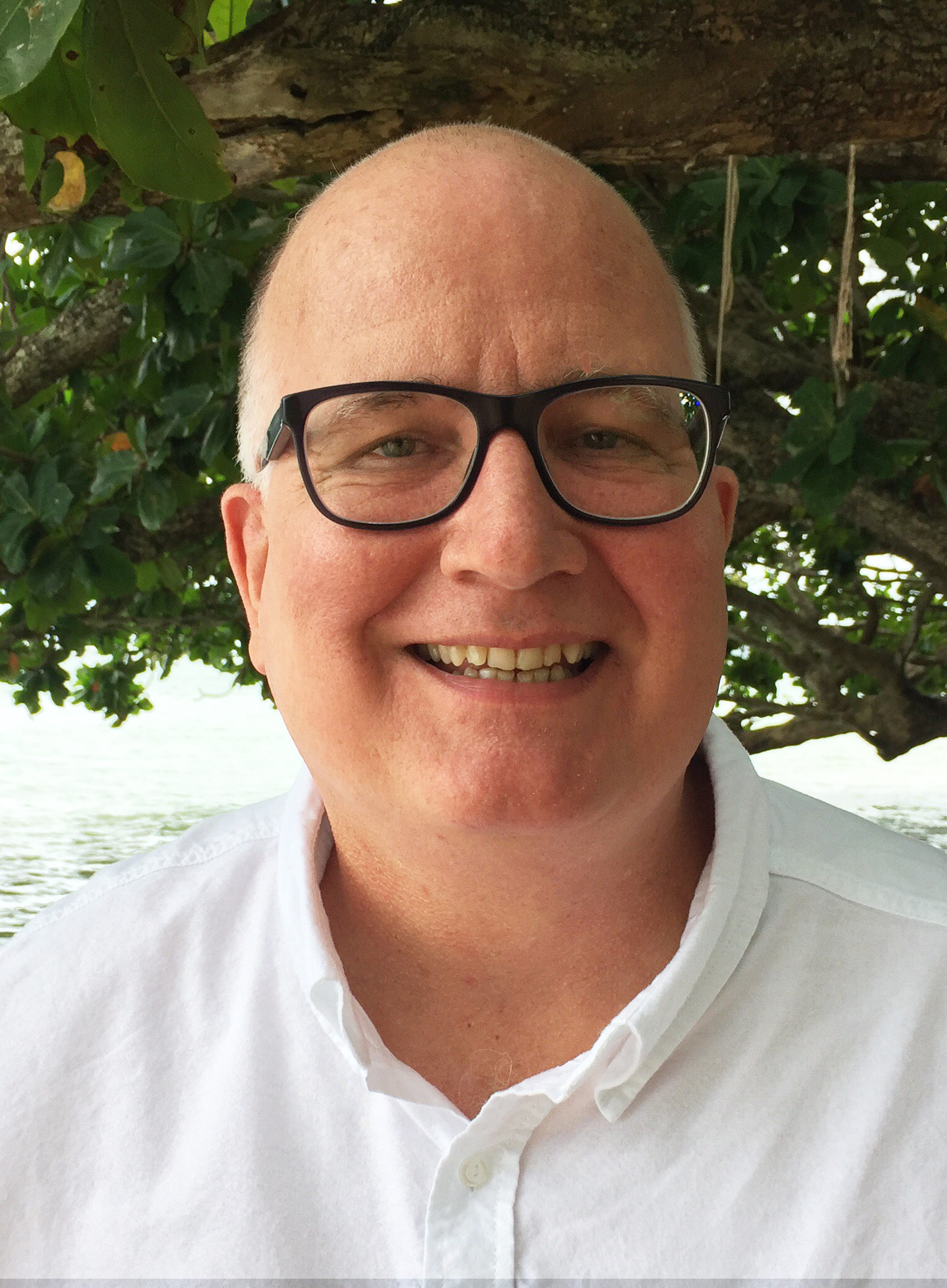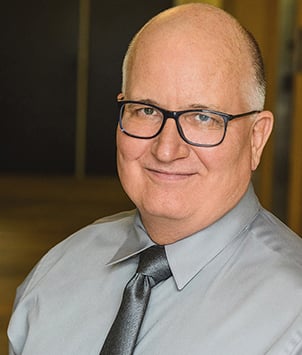What it’s Like to Start Therapy: This could be your story.

“What session 1 was like for me”
I was waiting to have my first session with Dr Greg Hamlin. As I waited, I felt a little nervous. However, I knew I wanted something to change. “Will I be able to explain myself clearly?” I thought to myself. For a split second this thought flew through my head, “Maybe I should just figure this out on my own”.
But, it was only a split second. I remembered how many things at my job became clear through conversation with the right person. Plus, I realized just how long I’ve been stuck in the mud trying to do it alone. I guess we all like to believe the myth that we can get somewhere just as fast without anyone’s help.
“Sure. I’m a little nervous, but I’m also relieved to be doing something about it,” I pondered. “Besides, the conversation on the phone with this guy makes me think he’s got something that will be a game changer for me.”
“It felt like a safe zone.”

When we started our video session, I immediately knew I was welcome. Conversation was easy and comfortable.
I knew that he was easy to talk to from the initial phone conversation. I knew I would not be judged. But after a few minutes into the first session, I realized how relieved I was to find that he also knows how to help me organize my own situation by asking the questions that were just right for me.
“It was a relief…”
It was a relief to know that I could speak freely because therapy is confidential. It felt good to have him connect things together that I always suspected, but didn’t have to words to explain–even to myself. It was also a big relief to know that he is not tied into my family and friends and doesn’t share their biases. Fresh ears, fresh eyes.
Twenty minutes in, I realized that this guy is sharp, caring, and knows how to look at things in very new ways. I remember thinking at that point, “How is it possible that we can laugh together at different moments when we are talking about such serious situations?” Somehow, the humor didn’t compromise the seriousness. It made me feel like he was really listening and it made it so much easier to dive into the things I needed to talk about.

“I started to feel a sense of hope.”
Thirty minutes in I started to feel a sense of hope that my future could be much better than I had been imagining it. The sense of a promising future was still faint, because we hadn’t really talked about what to do next. But I knew that he understood, that he had the expertise to work with me to sort things out, and that he cared. I was not alone.
For so long I had been trying to figure out a new angle from which to approach my situation. Now, in the middle of the session, new angles, new perspectives were leaping into our conversation. It wasn’t just the things he said that helped clarify things. Insights were lighting up for me inside my own mind. I’m not sure why, but I think it had to do with the way we were interacting about things I have been aching to sort out.
“I felt like my eyes were opened to see a new path forward.”
By the end we had identified some next steps that were crucial toward building momentum for change. But at the time, I was just glad to have something practical and positive to focus on. I liked the fact that he clearly explained the Why of the next steps to me. In one hour, therapy changed from something mysterious to a realistic process that made sense to me. I felt so relieved from the stress that I had been carrying around. I not only felt understood, but I felt like my eyes were opened to see a new path forward.
Therapy: When Real Change Becomes Unmistakable
For me it was session 5 when I realized change was really happening
After the first session, we met weekly. At the beginning of session 5, Dr. Hamlin and I discussed the progress thus far. We agreed that there was much more change that needed to happen, partly because my eyes on my own situation had gradually adjusted to the brighter light of therapy. This allowed me to see other dimensions to the stress that I was carrying for all those months previously. But as we took inventory of the small changes thus far, it was clear that these steps added up to clear evidence of real progress. I felt a lot more hope because I was seeing how my main issue had identifiable parts to it, so it wasn’t so overwhelming. We had a strategy and the strategy was working.
“Big changes come from smaller, calibrated steps”

However, it wasn’t easy. I was uncomfortable with certain changes I was making. Dr. Hamlin kept reminding me that my efforts should focus on changes just outside my comfort zone. Big changes come from smaller, calibrated steps. We talked about the “Degree of Difficulty Scale” with 10 being an overwhelming change and 1 requiring no effort at all. He said that if you are thinking about doing something different, try to rate how difficult it seems to you. If it’s a 1, 2, or 3, then it’s probably within your comfort zone. Staying in that zone will prevent you from growing and changing in key ways.
On the other hand, if the change you are facing seems like a 6 or higher, then you run the risk of either avoiding it or regretting that you tried it. The sweet spot is about a 4 or perhaps a 5. This is just outside your comfort zone. Of course, sometimes life just doesn’t allow you to scale the challenges. But even when that would happen, my sessions with Dr. Hamlin helped me navigate and learn.
Two things kept me going.
I’ve been finding that change is challenging in the way that an adventure is challenging. Not too much, but still uncomfortable at times. What kept me going? It was two things. First, Dr. Hamlin has a gift for encouraging, for bringing out the best in me. Second, I was seeing results in the form of less stress, feeling more alive, understanding myself, and feeling much more satisfied with how my relationships at work and home were unfolding.
Why it Works This Way: A Unique Blend of Experience and Training

In reading the above you can get a glimpse of how I do therapy with people and how it might be for you. But along my road to becoming a psychologist I went through many twists and turns. Let me take you back in time to where my journey started.
I really needed him and he was suddenly gone.
My older brother, a high school senior had shot himself earlier that day with a .22 caliber rifle. I was 12 years old and having trouble getting my head around the fact that my brother was dead. Just that morning, before I left for school, I showed him some cool new tricks I had learned with my yo-yo. My brother and I had fought for years, but recently we had been drawing much closer to each other. I had grown up just enough to know I really needed him. Suddenly, he was gone.
“I felt like an insect under a microscope.”
It was evening of the same day and my mother and I sat in the office of a psychologist. He seemed to have nothing helpful to say, but it gave us the feeling that somebody might know what to do next. The whole thing was surreal.
Soon I was seeing this same psychologist alone and finding that it was a waste of time. No, it was more than a waste of time. It was excruciating! He was a man with a Freud-like beard who sat behind his large desk smoking his pipe. He hardly said a word. He was of the psychoanalytic school that said you just sit and listen to the client twist in the wind and occasionally ask, “And how does that make you feel?” I couldn’t stand it. After a while, my mother let me stop. I felt like an insect under a microscope.
Looking back now, I know that experience deterred me from becoming a psychologist until I was in my early 30s. I had always been a person who had a gift for listening to people. People often told me things that I wasn’t ready to hear. Even as a teenager I would wonder why adults told me their life secrets when I hadn’t even asked. Perhaps I sent out a vibe that I was someone who really understood what it was like to suffer in life.
I also have a philosophical side, always thinking about why things are the way they are. Never, satisfied with simplistic answers to my questions, I would later double major in philosophy and religion during college.
My brother’s suicide exploded my family
My brother’s suicide exploded my family. In less than four years, I went from being the youngest in a family of five to a teenager in a family of two—just my mother and me. Her two divorces and the tragic death of her son had pushed her into excessive drinking. I had a spiritual transformation a few years later and found many stand-in moms, dads, sisters, and brothers. But, in some ways I was still an emotional orphan because my Dad was unavailable and my mother was just trying to put one foot in front of the other.
All of these experiences shaped me into a man who was passionate to understand what makes healthy relationships tick, what makes families thrive, what makes people happy and how to make sense of senseless suffering in a way that makes hope and joy possible.
“I understand people in pain”
Growing up, I watched marriages crumble throughout my extended family. It made me determined to discover the secrets of making love last. Over the last 29 years, my clients have been my best teachers as to what really works and how people can bounce back after they hit a wall. I understand people in pain. I also understand how to move forward. When you blend real life experience with research-based knowledge, you get a very powerful and effective combination.
My Honors thesis at Westmont College probed the philosophical problem of evil. After college I obtained a Masters degree in theology. I wrote my thesis on the theological meaning of suffering. Can you see how I was heading toward clinical psychology without even knowing it?

After spending time in Christian ministry and then working as a software engineer, I set my sights on becoming a psychologist.I got a late start, but I had a wealth of life experience and I knew exactly where the various strands of my life where pointing toward. I was married with three young children. My wife (yup, same wife) of 45 years is still my best friend.
In my life, I have seen both how bad things can be and how good things can be.
“…so that you can experience a rare blend of effective approaches.”
My own disastrous experience in therapy made me determined to approach my training in psychology in a very particular way. While working toward my Ph.D. from the California School of Professional Psychology (Alliant University), I made a point to learn several different approaches to therapy: interpersonal, cognitive behavioral, family systems, emotion-focused, developmental, EMDR therapy and the list goes on. As a result, I don’t have a one-size-fits all approach. I know how to switch gears to give you what you need for your unique situation.
Good therapy is interactive. It is a conversation. It is a profound connection that can change your life. It is a real relationship with a therapist even though it has professional boundaries. Thankfully, my style is nothing like the psychologist I was first exposed to at age 12. I have sifted through a lot of things so that you can experience a rare blend of effective approaches when you start therapy with me.
